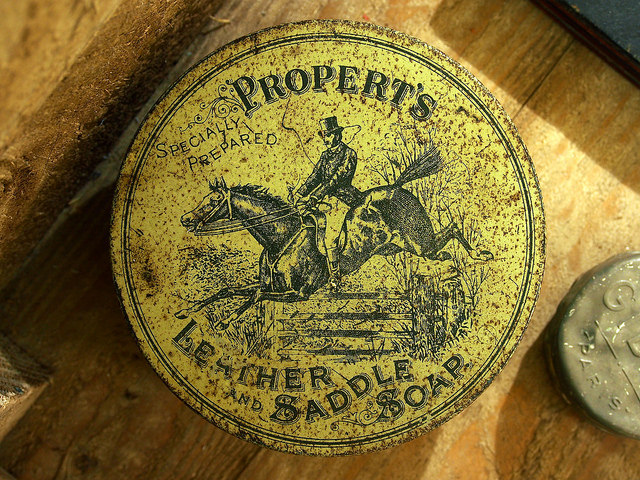There’s nothing that compares to the high-end, elegant look of authentic leather. Purchasing real leather bags, jackets and accessories may cost a little bit more, but the additional price is well worth it in the long run. However, one of the most common problems associated with authentic leather are water stains. The porous surface naturally absorbs water from the surrounding environment. While small amounts of water and moisture can actually help to condition the leather, too much of it may cause water stains. If this is something you’re experiencing with your leather product, keep reading and we’ll reveal some simple steps for removing it.
Identify The Source Of The Problem
First and foremost, you’ll need to identify the area to see if it’s really water stains that are causing the problem. Depending on the severity of the stains, they should look like slightly-discolored rings on the surface of the leather. These rings can sometimes spread into full circles if the problem worsens. In any case, check your leather item thoroughly to determine exactly where the water stains are located. Don’t be afraid to open up creases and corners that are usually closed up to the point where you can’t see them. Sometimes it’s these areas that water affects most, so make sure to check them out.
Saddle Soap
The easiest and most effective method to remove water stains from leather is to scrub it down with a premium saddle soap. Kiwi, B & B and Moss are all excellent brands that make quality saddle soap. Pick up a can of it the next time you’re at the horse and tack store. Once you’ve acquired it, read the directions to determine how much product is recommended. It’s usually best to start with a small amount and gently rub it into the affected area. If that doesn’t cause any change to the water stains, then you can slowly begin to add more and use more force behind your cleaning.
If saddle soap isn’t doing the job, you can take it one step further by using a water-soaked towel on the surface. The excess water will work to stain the rest of your leather; therefore, causing the stain to become invisible. You’ll need to use caution when doing this, however, as too much water may cause the leather to rot instead ot stain. After staining the leather with a wet towel, go back over it with a dry one to remove the water and moisture. Hopefully, this will keep it from rotting while allowing the leather to develop an even stain across the surface.

